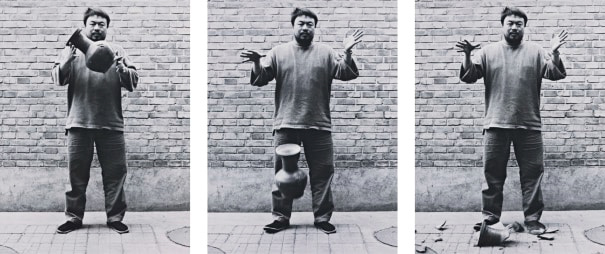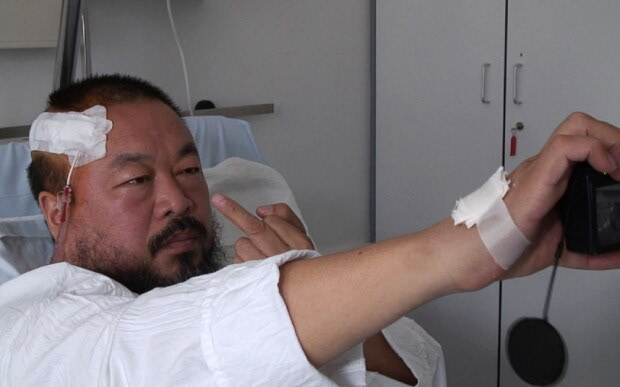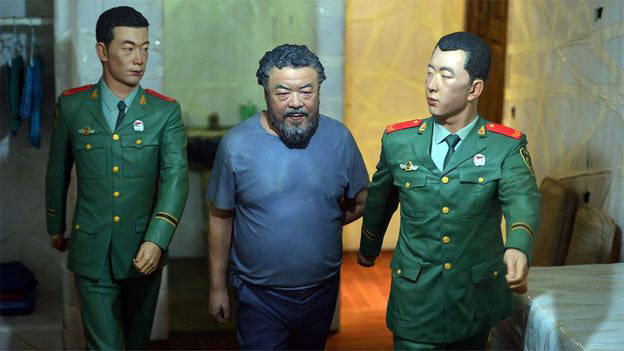Interpretation of Ai Weiwei’s Dropping of Han Dynasty Urn
The dropping of Han Dynasty Urn from Ai Weiwei is for me most interesting cause it symbolizes most the authors struggle with autocrat state of China and his connection to creation and destruction in his work. It’s the predecessor of Weiwei’s other great works such as Citizens Investigation on Sichuan earthquake student casualties which was all about destruction of part of the China caused partly by Chinese government indifference to state of public schools and it’s reform into artistic piece was cycle of creation and destruction very similar to Dropping of Han Dynasty Urn. Chinese authorities returned the strike of destruction to Ai Weiwei when he was brutally beaten by police for wanting to testify for Tan Zuoren showing back the artist destructive force of police state in action. Ai Weiwei head was broken similarly to Han Dynasty urn as a politic statement but instead of resulting in moving artwork this statement resulted to internal bleeding threatening artists life.
Art of destruction is interwoven into Ai Weiwei’s life since his birth when Chinese government tried to destroy his family’s life by deporting them into Shihezi until his latest artworks such as Law of the Journey where he used destroyed lives of the immigrants as inspiration for his giant raft. Chinese state showed him they can play also his destruction game by knocking down his brand new Shanghai studio continuing the cycle of abuse and destruction yet again. As Ai Weiwei dropping of Han Dynasty Urn shaken Chinese historic values same way Communist values came back to shake with Ai Weiwei. As this intervention wouldn’t be enough in 2011 Ai Weiwei was arrested for alleged economic crimes placing him under nonstop surveillance while interrogating even his closest family. This basically transformed Ai Weiwei’s life into unending 3 months long performance art which he again used as inspiration for his later artworks. Even after being persecuted by authorities in such a measure Ai was proud of his detention, seeing it as following his father’s footsteps and allowed him to lead dialog with authorities which wasn’t possible before.
From this period was extracted great pieces of work such as Details of the S upper and Details of the D oubt picturing his hard times in captivity.
But Ai’s passions aren’t only destructive but often more like transformative. Similar urns to which he broke in his titular artwork he transformed into ancient coke bottles by playfully placing huge Coca Cola logo on them. Similar transformation he used with historic furniture which he bended into unnatural and unusual shapes creating new otherworldly objects. Next famous act of transformation he performed on iron roods found during Citizens Investigation on Sichuan earthquake student casualties which recovered and reformed into rightfully named artwork Straight. He also honored the memories of the victims by composing hundreds of school backpacks at facade of museum spelling out quote of one of the victims mother: She happily in this world for seven years. Even if we condemn his work as act of useless destruction or praise his talent for his innovative methods we can’s deny his bigger than life influence on the world of art and the world in general. By authors own words “We cannot create a new without first destroying the old.”



